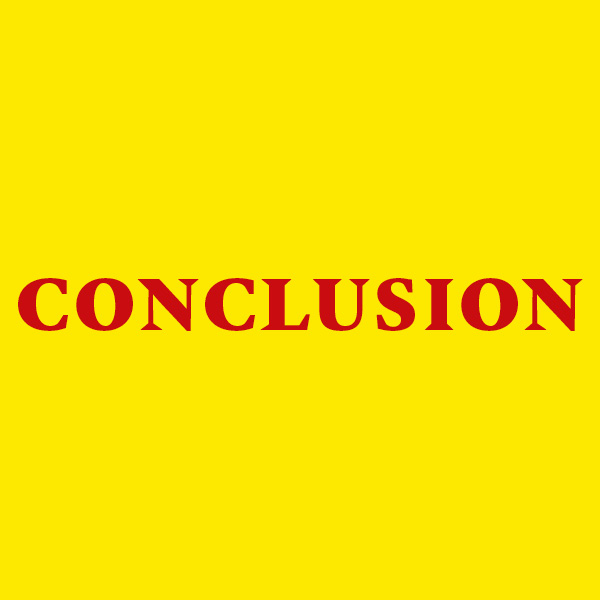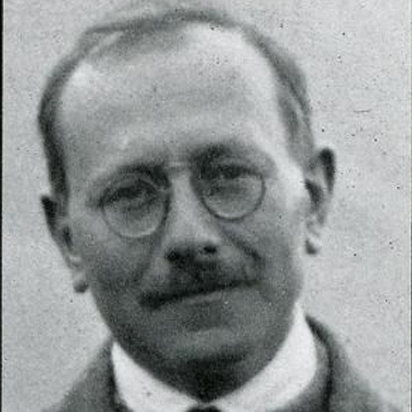Project Description

Printing R-Evolution 1450-1500. Fifty Years that Changed Europe
Conclusion
Conclusion
Why then the study of the printing revolution?
An invention is not a revolution, but in Europe, demand, innovation, collaboration, investment, and trade made it so.
Widespread literacy and the circulation of knowledge became the distinctive traits of European society already in the early modern period: they are part of our fundamental European values, which we cherish, teach, and share today in our diverse society, together with the understanding, preservation, and dissemination of the cultural heritage which made them possible.

Misunderstanding of the present is the inevitable consequence of ignorance of the past. But a man may wear himself out just as fruitlessly in seeking to understand the past, if he is totally ignorant of the present […] This faculty of understanding the living is, in very truth, the master quality of the historian.
We understand the printing revolution better now, because we are witnessing the digital revolution. Scholars of the past only saw printing as a vehicle which spread scholarship and science, today we recognise its power to involve society as a whole.
The aim of this exhibition is to remind all of us how the printing revolution is one of the pillars of European identity because it stands for positive values which can be transmitted and shared: education, research, and cultural heritage.
We have covered only 10% of the work on the sources which survive: should we continue?
